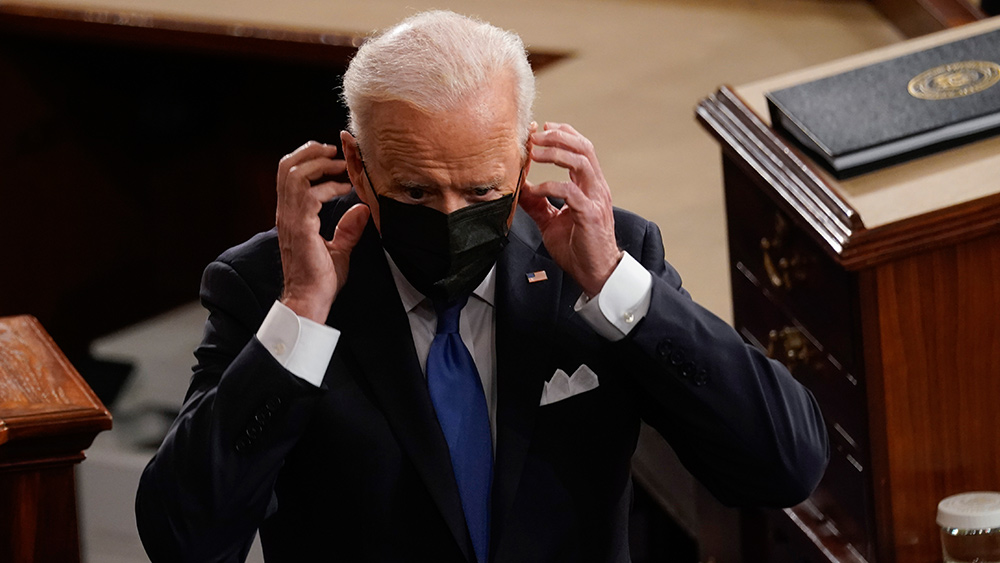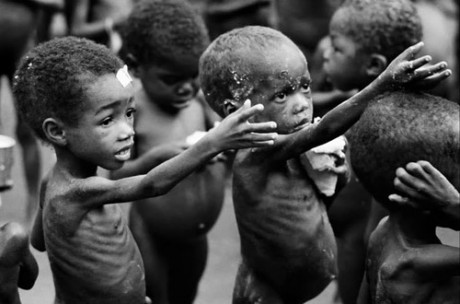Pakistan suffering through highest-ever annual inflation; stampedes for food have already killed 16 people
04/04/2023 / By Ethan Huff

The government statistics bureau of Pakistan announced this week the highest ever jump in prices for food and other goods over the past year, which has created something of a nightmare across the country.
Between March 2022 and March 2023, consumer price inflation in Pakistan increased by an astounding 35.37 percent overall, which has led to stampedes for food aid that have killed at least 16 people, reports indicate.
The inflation number for March eclipsed that of February, which clocked in at 31.5 percent compared to one year earlier. Among the hardest hit items are food, beverages, and transportation, which increased in price 50 percent year-on-year.
To help ease the impact of all this inflation, the Pakistani government set up flour distribution centers across the country that were swarmed by desperate citizens. At least five women and three children were reported dead after being trampled on at these distribution sites.
There have also been reports of flour theft at these sites, with bags of the cooking material snapped from trucks by desperate folks and possibly organized criminals siphoning what they see as loot.
(Related: The ongoing energy crisis hit Pakistan especially hard this past year, threatening the closure of 40,000 factories throughout the country.)
The poorest nations of the world are suffering the most under crippling inflation
Since the statistics bureau first started tracking inflation numbers back in the 1970s, this past year’s increase is the highest on record.
“This is the highest ever inflation recorded in the data we have,” a spokesman said about the development.
Pushing up the inflation index an additional 3.72 percent from February to March of this year were higher food prices, mainly for cooking oil. Electricity prices are also out of control with no end in sight.
According to the data, annual food inflation in March clocked in at 47.1 percent in urban areas and 50.2 percent in rural areas. Core inflation, which removes the food and energy components, ranked at 18.6 percent in urban areas and 23.1 percent in rural areas.
Pakistan is currently in talks with the International Monetary Fund (IMF) to attain $1.1 billion in additional funding as part of a $6.5 billion bailout that was agreed upon in 2019, but that has not yet yielded any fruit.
Because of this, the South Asian nation has been in severe economic turmoil for many months now, with its foreign exchange reserves falling to lows that barely cover even four weeks of imports.
The government of Pakistan issued its monthly economic outlook report in which the finance ministry projects that inflation will remain elevated for the foreseeable future.
Instead of blaming usury, market manipulation, and other corrupt practices inherent to fractional reserve lending and banking, the same report cited “frictions” caused by gaps in supply and demand for essential items. Exchange rate depreciation and higher fuels costs were also cited as factors driving all this inflation.
“While the IMF program offers crucial support, without structural reforms like tax and social protection reforms, it will not be enough to ensure long-term stability and inclusive growth,” one report stated about the matter.
“Delaying the IMF program has negatively affected investor confidence, increased inflation, and hindered growth prospects. Pakistan must act quickly to secure the bailout loan and mitigate the socioeconomic effects of the crisis.”
“Pakistan’s economic crisis, including its high inflation, low growth, and declining foreign reserves, requires a comprehensive reform agenda that addresses both short-term stabilization and long-term structural issues. The IMF highlights the need to expand social safety nets and improve the performance of state-owned enterprises and governance.”
The latest news about the ongoing inflation crisis can be found at Collapse.news.
Sources for this article include:
Submit a correction >>
Tagged Under:
big government, bubble, chain, chaos, civil unrest, collapse, debt bomb, debt collapse, economic riot, finance riot, food collapse, food inflation, food supply, fuel supply, hunger, inflation, national security, Pakistan, panic, rationing, risk, scarcity, stavation
This article may contain statements that reflect the opinion of the author
RECENT NEWS & ARTICLES
FoodInflation.News is a fact-based public education website published by FoodInflation News Features, LLC.
All content copyright © 2022 by FoodInflation News Features, LLC.
Contact Us with Tips or Corrections
All trademarks, registered trademarks and servicemarks mentioned on this site are the property of their respective owners.



















